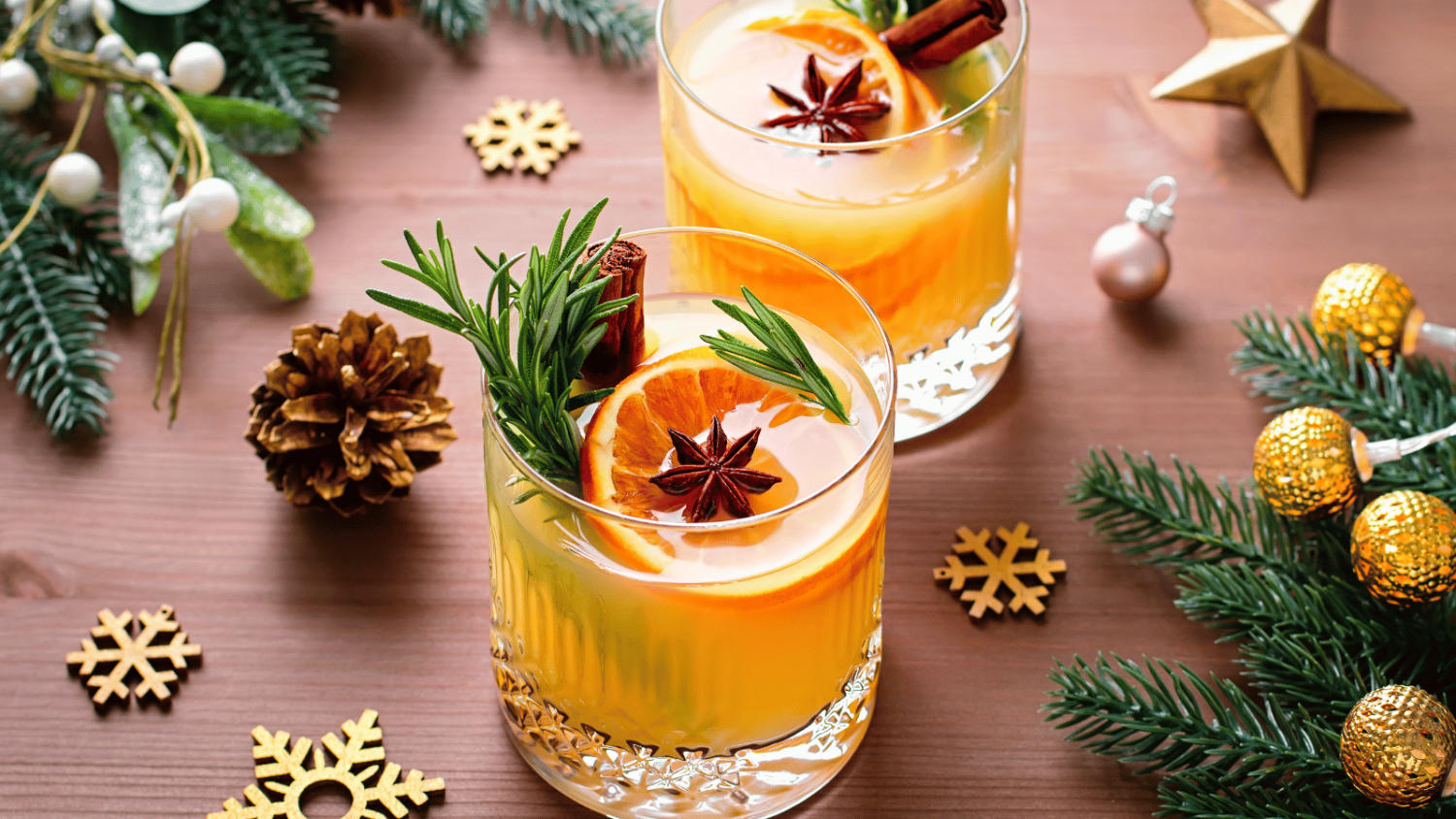Understanding alcohol units this Christmas

The Christmas season is upon us, and with it comes a calendar filled with celebrations, parties, and gatherings. It’s the perfect time of year to relax, have fun and enjoy a treat, which for some, might include an alcoholic drink or two. During the festivities, it’s easy to lose track of how much you are drinking so we want to help you to understand alcohol units so that you can enjoy responsibly and more safely.
Please note: There is no entirely safe way of consuming alcohol.
What are alcohol units?
Alcohol units are a way of measuring the alcohol contents in a drink. They provide a way to compare the strength of drinks and can help you to make informed choices. You can usually find out how many units are in a drink by looking at the label on the bottle or can.
Why do alcohol units matter?
In the UK, the government recommends that adults drink no more than 14 units of alcohol per week, spread across at least three days. This guidance helps to reduce risks to your health and can help to prevent binge drinking.
During Christmas, it’s easy to exceed your units without realising. A few glasses of bubbly, a mulled wine at a Christmas market and a Baileys with dessert can quickly add up! Keeping track of your units can help to protect your health and make sure that you’re fully present to enjoy the season.
Alcohol units in popular Christmas drinks
Here a quick guide to the units of some common festive beverages you can refer to:
| Prosecco (125ml, 12% ABV) | 1.5 units |
| Baileys (50ml, 17%, ABV) | 0.85 units |
| Pint of lager (5%, ABV) | 2.8 units |
| Spirit and mixer (single 25ml shot, 40% ABV) | 1 unit |
| Disaronno (single 25ml shot, 28% ABV) | 0.7 units |
You can also work out how many units there are in any drink by multiplying the total volume of a drink (in ml) by its ABV percentage and divide the result by 1,000.
For example, to work out the number of units in a pint (568ml) of lager (ABV 5%):
5 x 568 = 2,840
2,840 ÷ 1,000 = 2.84 units
Driving the day after alcohol
It’s important to remember that alcohol stays in your system long after the party ends, which can affect your ability to drive the next day. The liver takes around one hour to metabolise 1 unit of alcohol, meaning after a late night of drinking could leave you over the legal limit into the morning.
Tips for managing alcohol consumption
- Pace yourself – Sip your drink slowly and alternate alcoholic drinks with water or low-calorie soft drinks to stay hydrated. Avoid participating in ‘rounds’ where possible, as this can lead to drinking faster in order to keep up with others.
- Stick to smaller measures – When you’re choosing your drink, opt for a small glass of wine or a single shot instead of a double.
- Plan ahead – If you’re heading to an event where you will be drinking, decide how many drinks you’ll have beforehand and stick to your limit. A great way to do this is by setting yourself a budget.
- Eat before drinking – Eating a nutritious meal before you start to drink can help to slow down alcohol absorption.
- Take alcohol free days – Try to find a balance of days where you are drinking alcohol and days where you’re not. Your body needs time to recover!
Thinking about cutting down in 2025?
As January rolls around and we start to think about New Years resolutions, there’s no better time to reflect on your drinking habits. Do you think you drink too much? Does drinking affect your lifestyle?
Turning Point is a substance use service, helping to meet the diverse needs of the city’s residents and offer support for alcohol and drug use of any and all kinds.
Live Well Leicester can help you to reduce your alcohol consumption and reach your goals. Call us today on 0116 454 4000 or email us on livewell@leicester.gov.uk to find out how we can support you.
